Most visitors to Canada stick to the well-worn paths of Niagara Falls, Banff, and downtown Toronto. They snap photos of mounties and maple leaves, grab some poutine, and call it a day. But there’s a whole different Canada waiting to be discovered — one that’s been here for thousands of years before the first European set foot on these lands. Indigenous communities across the country offer incredible experiences that connect you to ancient traditions, spectacular landscapes, and stories that’ll change how you see this vast nation.
From coast to coast to coast, Indigenous peoples have been sharing their culture with those willing to venture beyond the tourist traps. Here is a list of 15 authentic Indigenous experiences that most tourists never even know exist.
Haida Gwaii Watchmen Sites
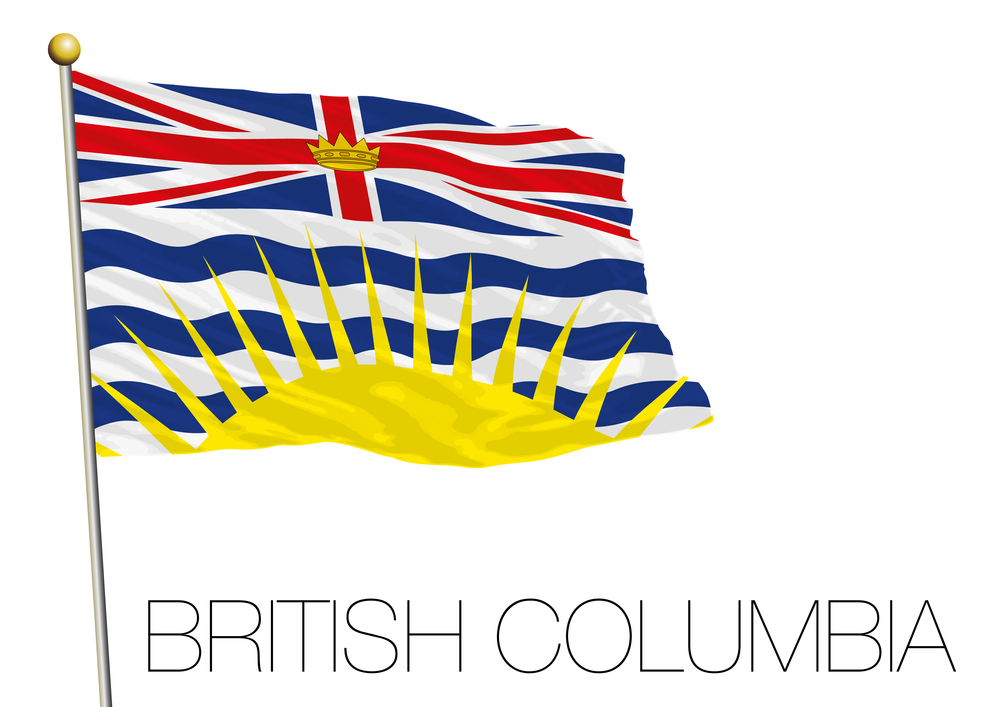
Off the coast of British Columbia, the Haida people protect ancient village sites through their Watchmen program. These guardians welcome small groups to places like SGang Gwaay, where weathered totem poles stand against the Pacific winds. You’ll need to charter a boat or floatplane to reach these remote islands, but sitting with a Watchman as they share stories of their ancestors makes every mile worth it.
Inuit Throat Singing in Nunavut
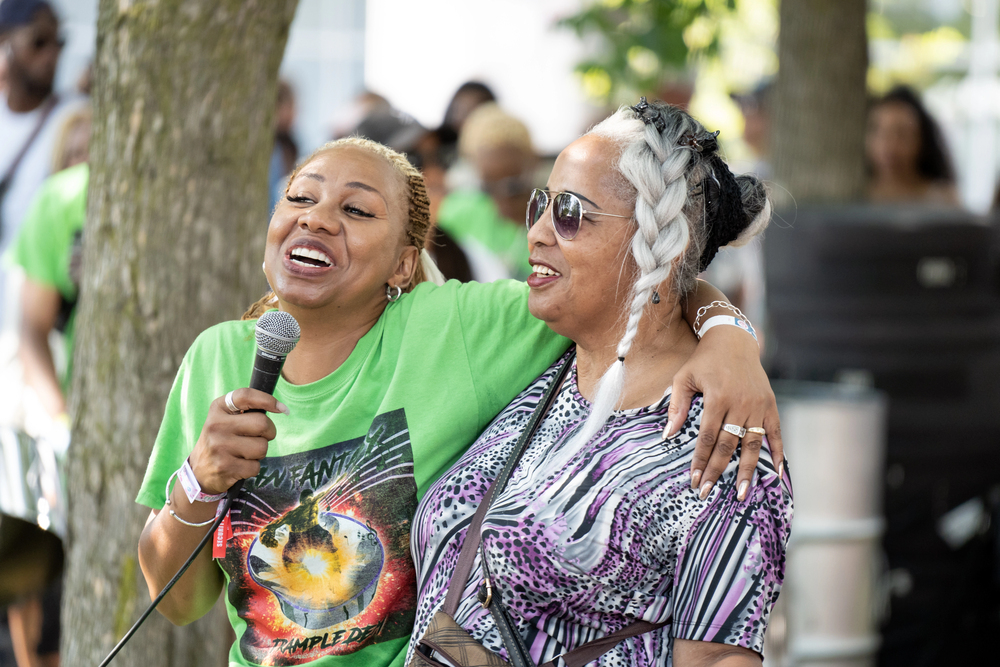
— Photo by shirotie
In the Arctic communities of Nunavut, women practice katajjaq — a mesmerizing form of throat singing that sounds like nothing you’ve ever heard. Two singers face each other, creating rhythmic patterns that mimic natural sounds like wind, animals, and flowing water. Local cultural centers in places like Iqaluit offer intimate performances where you might even get a chance to try it yourself (spoiler: it’s way harder than it looks).
Mi’kmaq Canoe Building in Nova Scotia
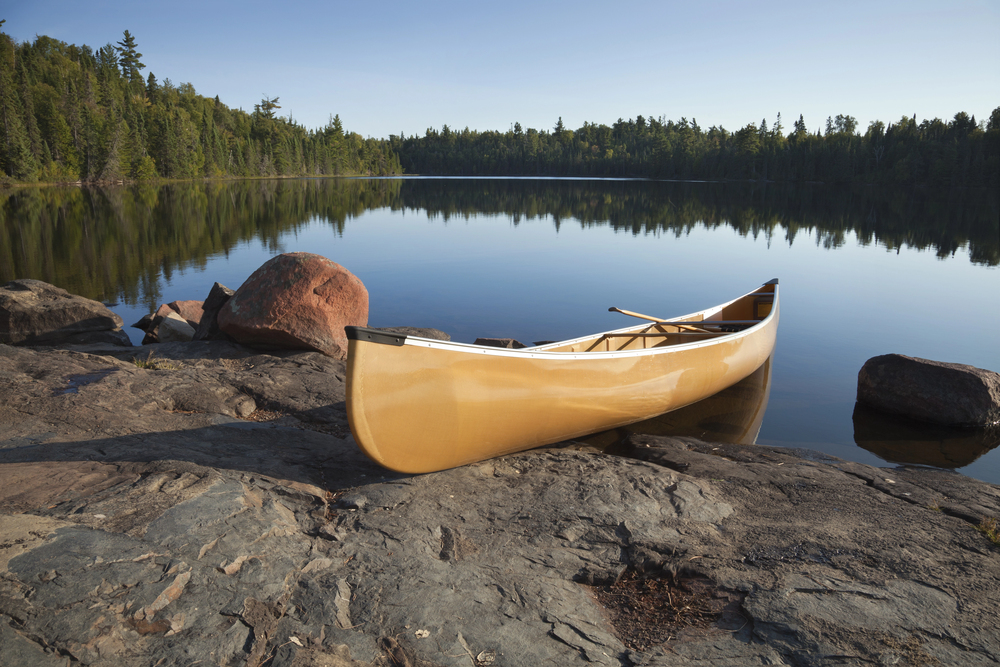
The Mi’kmaq people of Nova Scotia still craft traditional birchbark canoes using methods passed down through generations. At Bear River First Nation, master builders sometimes accept visitors to watch the process — from harvesting bark in early summer to stitching seams with spruce root. The smell of fresh cedar shavings and the patient rhythm of handwork create an almost meditative experience.
Anishinaabe Wild Rice Harvesting

Every fall, Anishinaabe communities in Ontario and Manitoba head out to harvest manoomin (wild rice) from shallow lakes and rivers. Some communities welcome respectful visitors to join the harvest, teaching you to knock rice grains into your canoe with wooden sticks. After hours on the water, you’ll help parch and winnow the rice, then share a meal that tastes like the essence of the northern forests.
Blackfoot Night Sky Stories

On clear nights in southern Alberta, Blackfoot elders share star knowledge at places like Writing-on-Stone Provincial Park. They point out constellations that guided their ancestors across the plains, telling stories that connect earthly events to cosmic patterns. The Milky Way becomes the ‘Wolf Trail,’ and suddenly the night sky transforms into an ancient map of wisdom.
Cree Walking Out Ceremony

Northern Cree communities practice the Walking Out ceremony when babies take their first steps on the earth. While these are typically private family events, some cultural centers recreate versions for visitors to understand this beautiful tradition. The ceremony teaches that a child’s first steps should connect them to the land, with tiny moccasins touching soil, grass, or snow.
Tsilhqot’in Wild Horse Tours
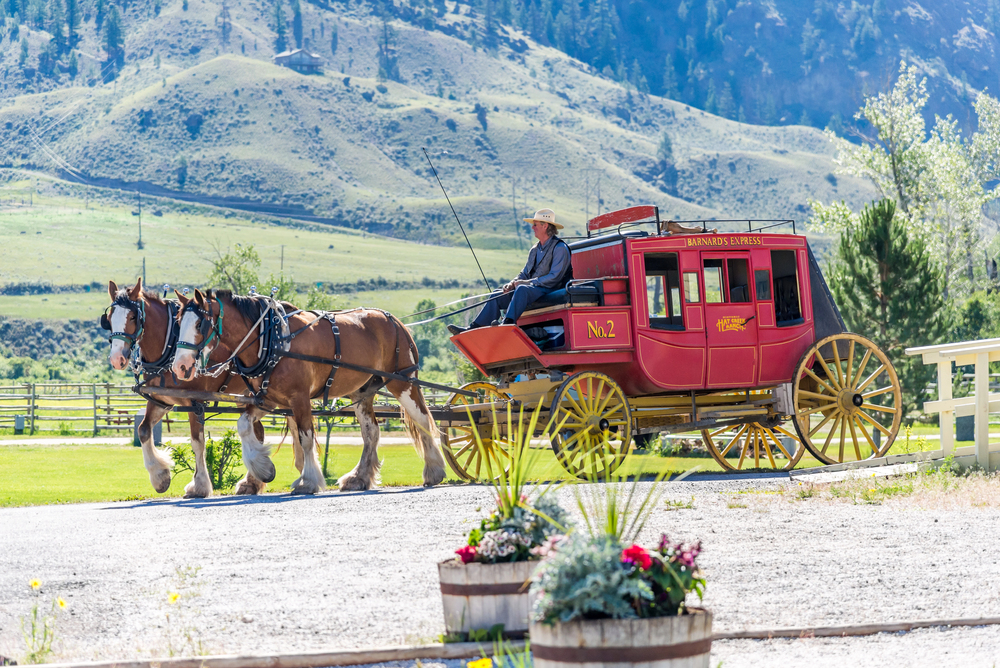
— Photo by RicJacyno
In British Columbia’s Chilcotin region, Tsilhqot’in guides lead horseback expeditions to see wild horse herds descended from animals their ancestors rode centuries ago. These aren’t your typical trail rides — you’re tracking wild bands through alpine meadows and learning how horses shaped Indigenous life on the plateau. The guides know every horse by sight and share stories of their bloodlines.
Innu Caribou Migration Camps
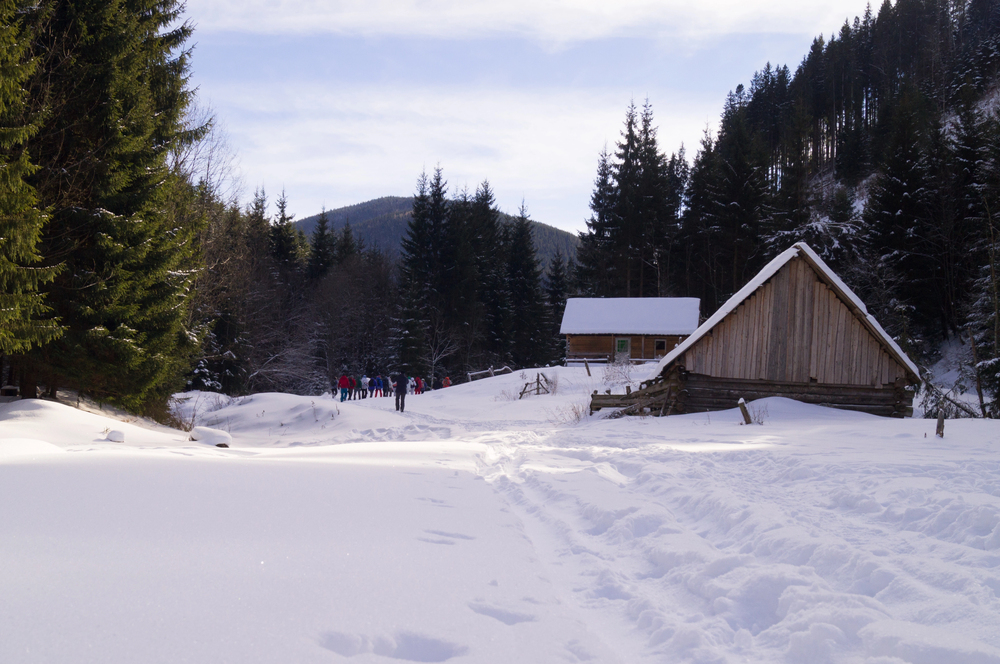
When caribou herds move through Labrador, some Innu families still follow ancient patterns, setting up camps along migration routes. A few outfitters now offer chances to join these camps, where you’ll learn to read tracks in the snow and understand how entire cultures evolved around these massive herds. The sound of thousands of hooves on frozen ground is something you’ll never forget.
Kwakwaka’wakw Potlatch Preparations
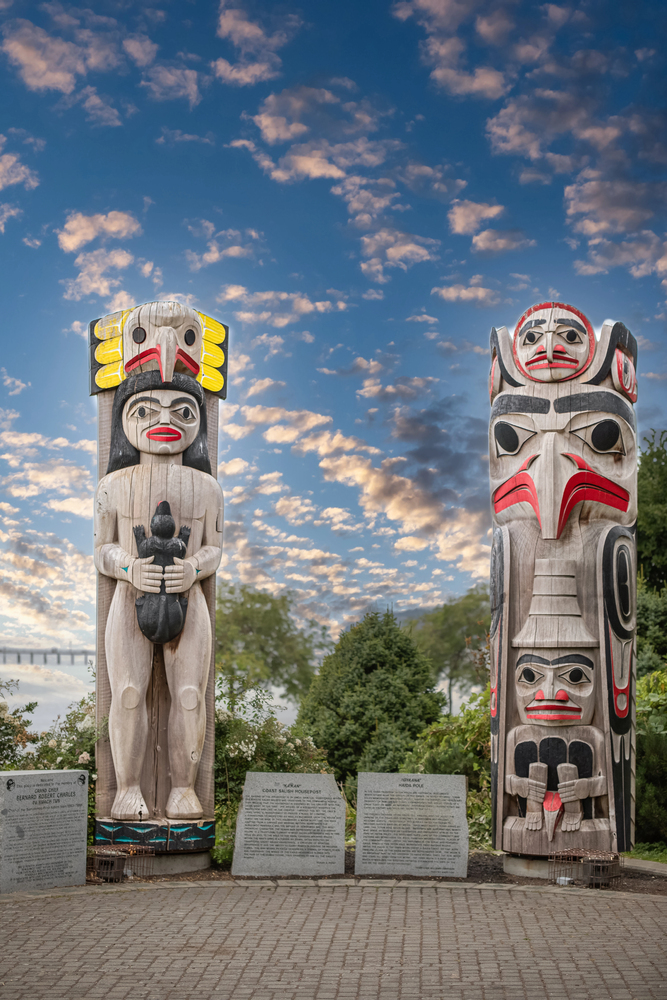
— Photo by Elenaferns-photo
On northern Vancouver Island, Kwakwaka’wakw communities occasionally allow visitors to witness preparations for potlatch ceremonies. While the main ceremonies remain private, you might see carvers creating masks, women weaving ceremonial blankets, or dancers practicing in full regalia. The artistic skill and cultural depth on display will blow away anything you’d see in a museum.
Métis Fiddle Workshops

In Manitoba’s Red River region, Métis fiddlers keep alive a unique musical tradition that blends French, Scottish, and Indigenous influences. Small workshops in communities like St. Laurent teach the distinctive Métis style — fast, rhythmic, and perfect for jigging. Even if you can’t play a note, listening to a kitchen party with fiddles flying is pure joy.
Dene Hide Tanning Camps
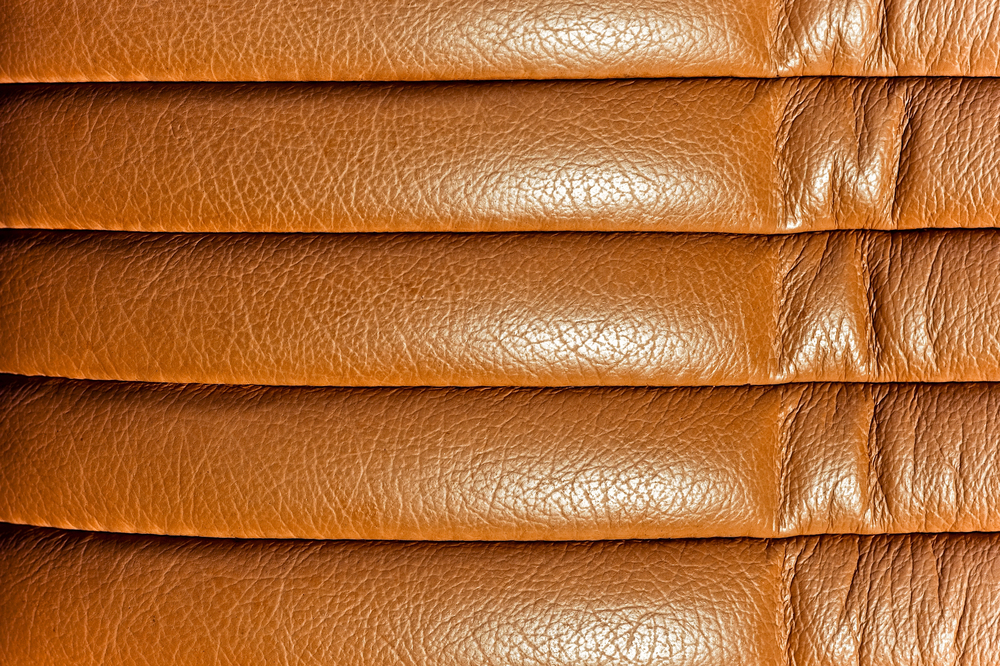
In the Northwest Territories, Dene women run occasional camps teaching traditional hide tanning. This isn’t a quick demonstration — you’re looking at days of physical work, scraping, smoking, and softening hides into butter-soft leather. The process connects you to thousands of years of survival in the subarctic, and the elders’ stories during the work are worth the sore muscles.
Ojibwe Pictograph Tours by Canoe
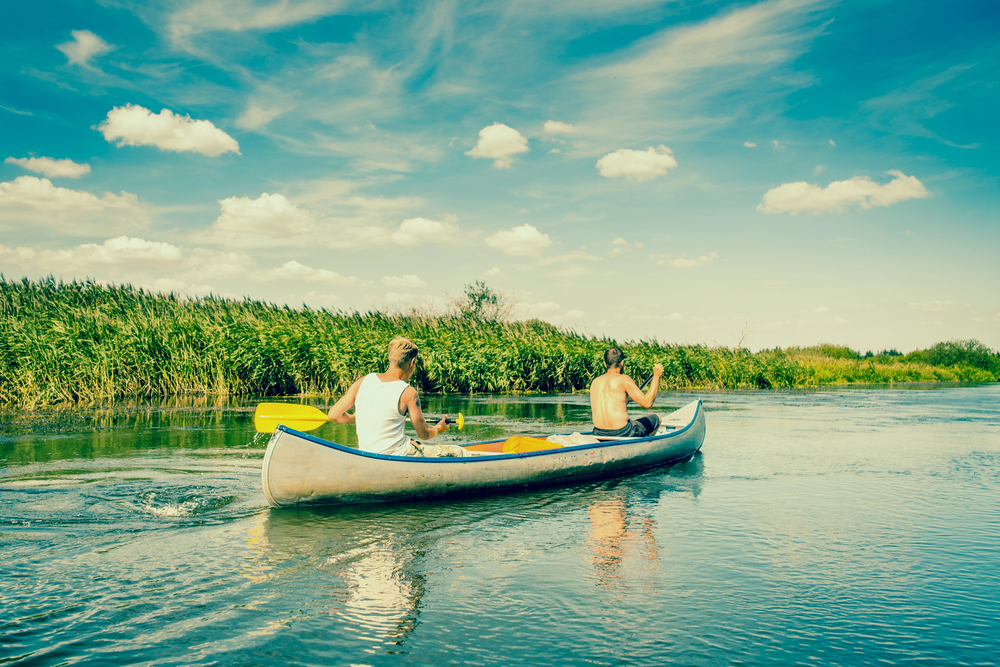
Lake Superior’s north shore hides ancient Ojibwe rock paintings accessible only by water. Indigenous guides lead canoe trips to these sacred sites, explaining the meanings behind red ochre figures of Mishipeshu (the water lynx) and thunderbirds. Paddling the same routes used for centuries, you understand why these rocky shores became canvases for spiritual expression.
Coast Salish Wool Weaving
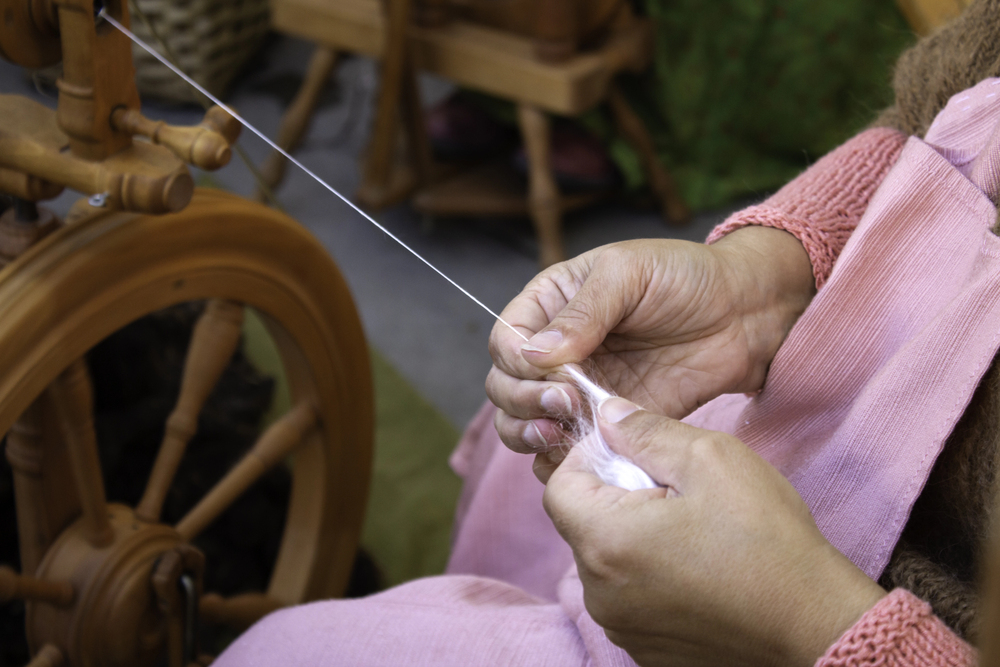
In British Columbia’s Gulf Islands, Coast Salish weavers still create blankets from mountain goat wool and dog hair. Some weavers open their studios to visitors, demonstrating how they spin wool on traditional spindle whorls. Watching a blanket grow row by row while hearing stories encoded in each pattern gives new meaning to the phrase ‘wearing your history.’
Mohawk Ironworking Stories
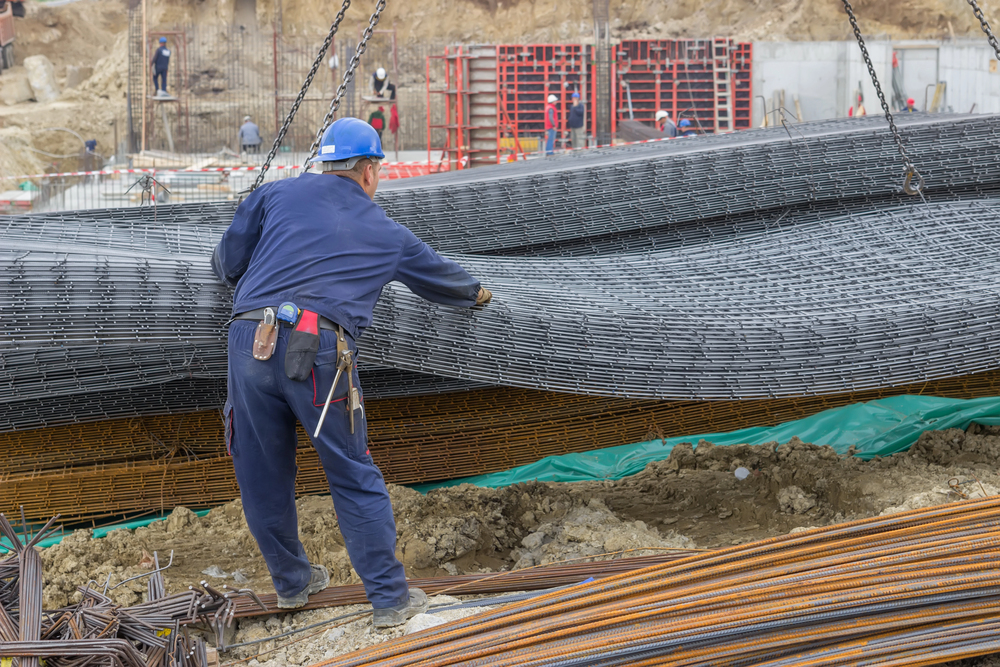
While not a traditional practice, Mohawk ironworkers from Kahnawake built New York’s skyline and continue this tradition today. The community near Montreal has a small museum and occasional talks by retired ironworkers who share tales of walking beams hundreds of feet up. Their stories connect ancient warrior courage to modern urban landscapes in unexpected ways.
Gwich’in Fish Camps
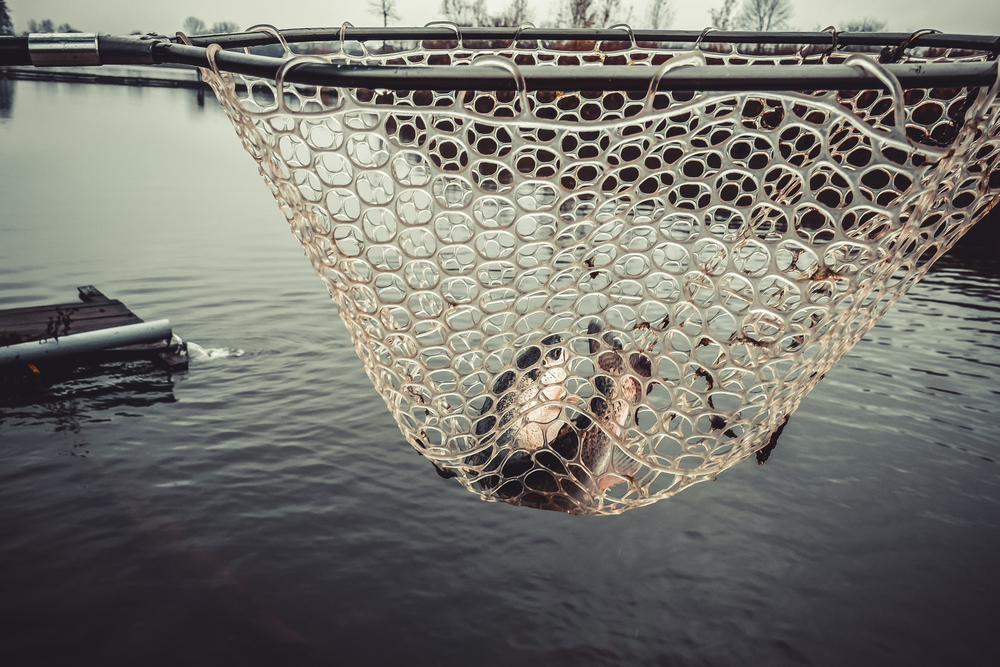
Along the Mackenzie River, Gwich’in families run fish camps where they net and smoke fish just as their ancestors did. Some camps accept visitors who help with the work — setting nets, cleaning fish, and tending smokehouses. The rhythm of camp life, governed by fish runs and weather, offers a glimpse into sustainable living perfected over millennia.
Where Ancient Paths Meet Modern Journeys
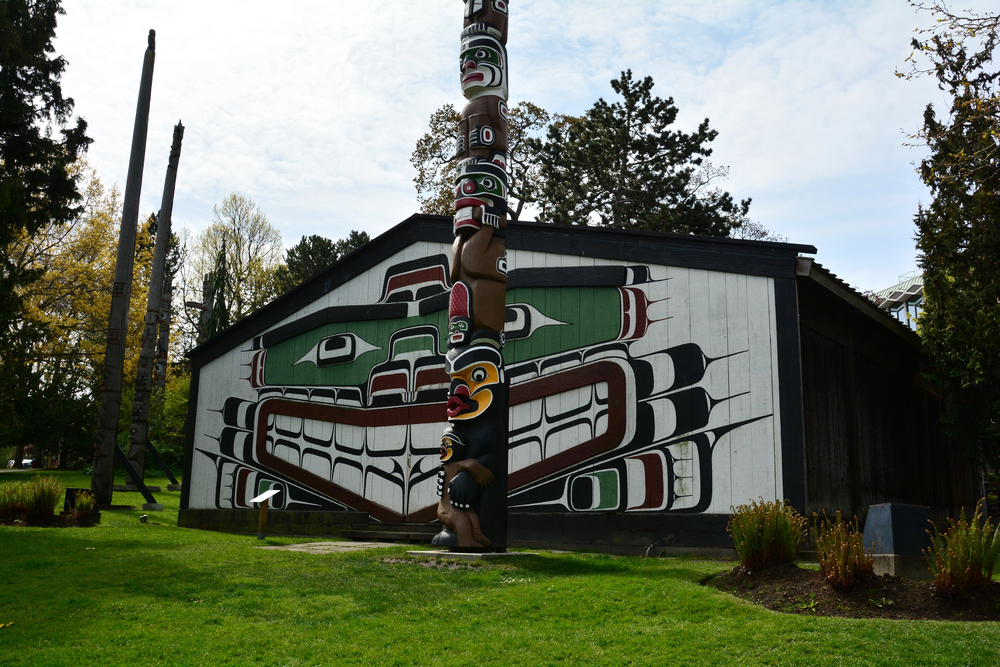
— Photo by bornin54
These experiences remind us that Indigenous cultures aren’t museum pieces frozen in time — they’re living, breathing communities adapting ancient knowledge to modern life. Each encounter offers a chance to see Canada through different eyes, whether you’re listening to throat singers in an Arctic community center or helping harvest wild rice from a Minnesota canoe. The real gift isn’t just the experience itself, but how it changes your understanding of this land and its first peoples. Next time you plan a Canadian adventure, consider stepping off the beaten path to discover the extraordinary world that’s been here all along.
More from Travel Pug

- 20 Best Beach Towns in the Carolinas
- 13 Destinations Where Tourists Regularly Regret Their Trip
- 20 Things You Actually Get in First Class
- 20 Small Airports With Aviation Museums
- 20 Places in the U.S. That Are Perfect for a Reset Trip
Like Travel Pug’s content? Follow us on MSN.
